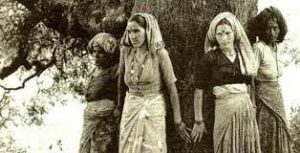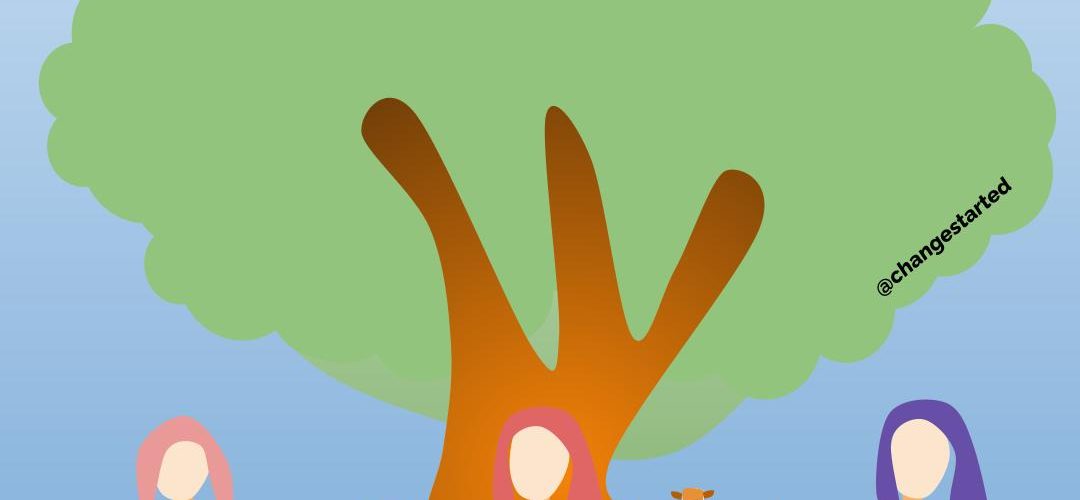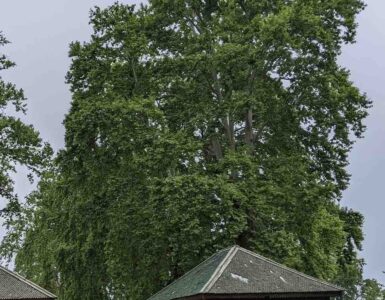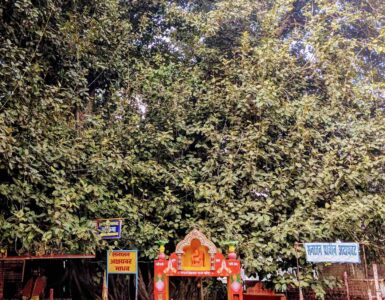Chipko is a Hindi word that means “to stick,” “to embrace,” or “to hug.”
We are not discussing hugs made during Valentine’s Day or the hugs with your cute little teddy & soft toys. We are talking about Chipko, the tree-hugging movement.
The story comes from the land of Uttrakhand, a northern Indian state known for the snow-clad Himalayas, pilgrim centers, a tourist paradise, and, most importantly, the lush green forests. Pines, cedar, fir, oaks, timber, and other trees line up on the Himalayan foothills – creating forest cover of more than 60% of the state’s land.
The story of the Chipko movement goes back to the 1970s when Post-independent India attracted many private companies to take advantage of the rich forest resources in the region (it belonged to the state of Uttar Pradesh then).
Villagers in the region were not happy with the government’s forest policy and awarding of contracts without considering their interests. In one such incident, the forest Department awarded a contract to a sports goods company to make tennis racquets. When the contacted loggers arrived at the village, hundreds of local villagers confronted them & forced them to leave.
Similar struggles and tussles were reported from other villages in the region. In some places, groups formed, and villagers started to watch over the trees to avoid any felling.
In early 1974, the local government ordered the felling of around 2,500 trees in a small village, Reni. Immediately, villagers started protesting, demonstrations were organized, and vigils were held to ensure that trees were protected. The stand-off continued for the next few weeks.
On 25 March 1974, as diversionary tactics, village men were asked to come to another town for negotiations & compensation. Seeing that opportunity, laborers came to the Reni village to start the woodcutting operations.
When the news reached the head of the women’s group, Gaura Devi, she led 27 village women to the site and confronted the loggers. The loggers started to shout & abuse the women, threatening them with guns.
The women began hugging the trees to prevent them from being felled. They kept guarding their trees against the cutters for the entire night. The next day, when the men returned, the news of the movement reached the neighboring villages and more people joined the vigil and participated in tree-hugging.

Eventually, after a four-day stand-off, the contractors and workers had to retreat. When the matter reached the higher government officials, they ruled in favor of the villagers.
The success made Chipko, the tree-hugging movement, a worldwide practice of ecological activism. The event was a watershed moment in the history of environmental struggles in India. People started taking larger issues of ecological and economic exploitation with the governments. Their main contention was to ensure the region’s development without causing ecological imbalances.
Chipko Movement saw Women & Men coming together for a common cause
As wood and forest resources played an integral part in women’s day-to-day livelihood, they became the main drivers of the Chipko movement. The movement received wide involvement from female villagers. Gaura Devi, Sudesha Devi, Bachni Devi, and many other women participated in the cause and ensured that trees were protected.
Their main viewpoint was that forests must be protected at all times and that local communities should control these natural resources.
Along with women of the region, Chandi Prasad Bhatt and Sunderlal Bahuguna would also be remembered as the key advocates of the tree-hugging movement.
Chandi Prasad Bhatt’s endeavors in forest conservation and efforts in mobilizing people for eco-development causes brought him national & international laurels. He was awarded the Ramon Magsaysay Award in 1982 and India’s third-highest civilian award, Padma Bhushan, in 2005.
Sunderlal Bahuguna helped the movement gain wider prominence through his 5,000-kilometer trans-Himalaya march. It is widely believed that it was his meeting with India’s then-prime minister, Indra Gandhi, that resulted in a 15-year ban on cutting trees in 1980. He was awarded India’s second-highest civilian award, Padma Vibhushan, in 2009.
Chipko, the tree-hugging movement by the Bishnoi Community
The one in the Himalayas became more famous, probably because it happened during the media era, but an original Chipko, the tree-hugging movement dates back to the 18th century.
In a small village in the Eastern Indian state of Rajasthan, the King of Jodhpur ordered trees felled to construct a new palace. When the King’s men reached the village, the villagers, who mostly belonged to the Bishnoi community, tried to protect their trees by hugging them. Unfortunately, many members of the Bishnoi community were killed by the King’s soldiers.
After this incident, the king, because of remorse & guilt, banned the cutting of trees in all Bishnoi villages.
With climate change devastating the environment, it is time to learn from such stories and become more considerate of protecting the ecology.






Add comment